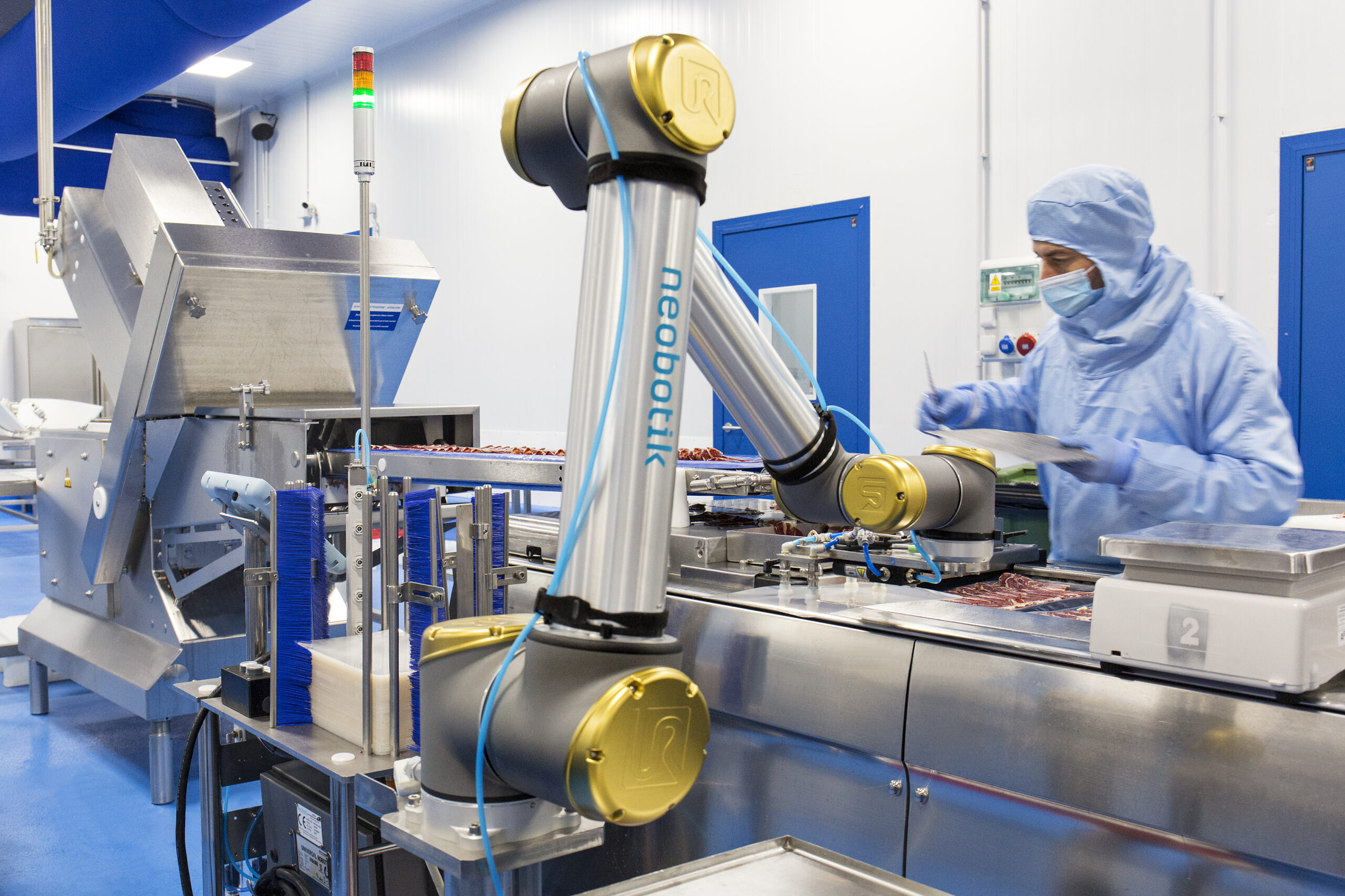
How to utilize a UR robot in industrial applications?
Universal Robots (UR) are becoming increasingly popular in industrial settings due to their flexibility and ease of use. These collaborative robots can perform a wide range of tasks, from assembly and pick-and-place operations to welding and machine tending. In this article, we will explore how you can effectively utilize a UR robot in various industrial applications to improve efficiency and productivity.
1. Understand the capabilities of the UR robot
Before you can effectively utilize a UR robot in your industrial application, you need to understand its capabilities. UR robots are designed to work alongside human operators safely and efficiently. They are flexible, easy to program, and can be easily re-deployed to different tasks as needed. By understanding the capabilities of the UR robot, you can better align it with your specific industrial application.
2. Identify the tasks that can be automated
Once you understand the capabilities of the UR robot, you can identify the tasks in your industrial application that can be automated. Tasks that are repetitive, time-consuming, or dangerous are ideal candidates for automation with a UR robot. By automating these tasks, you can free up your human operators to focus on more skilled and value-added activities.
3. Program the UR robot for your industrial application
Programming a UR robot is straightforward and can be done by anyone, even those without prior experience in robotics. UR robots can be programmed using a simple teach pendant interface, where operators can teach the robot specific tasks by physically guiding its movements. Additionally, UR robots can be programmed using intuitive software interfaces that allow for more advanced programming and customization.
4. Implement safety measures
When utilizing a UR robot in an industrial application, it is important to implement appropriate safety measures to ensure the safety of your human operators. UR robots come equipped with safety features such as force-limited joints, collision detection, and speed monitoring to prevent accidents. Additionally, physical barriers and light curtains can be installed to ensure that human operators and robots can work safely together.
5. Monitor and optimize the performance of the UR robot
Once you have implemented a UR robot in your industrial application, it is important to monitor its performance and make adjustments as needed. By collecting and analyzing data on the robot’s productivity, efficiency, and downtime, you can identify areas for improvement and optimize its performance. Regular maintenance and calibration of the robot are also essential to ensure that it continues to operate at peak efficiency.
6. Explore new applications for the UR robot
As you become more familiar with the capabilities of the UR robot, consider exploring new applications for it within your industrial setting. UR robots can be used in a wide range of industries, from automotive and electronics to food and beverage. By thinking creatively and innovatively, you can find new ways to utilize the UR robot to improve your processes and increase your competitiveness.
Conclusion
Utilizing a UR robot in industrial applications can provide numerous benefits, including increased efficiency, productivity, and safety. By understanding the capabilities of the UR robot, identifying tasks that can be automated, programming the robot effectively, implementing safety measures, monitoring performance, and exploring new applications, you can make the most of this versatile and powerful tool in your industrial setting.
Was this helpful?
0 / 0